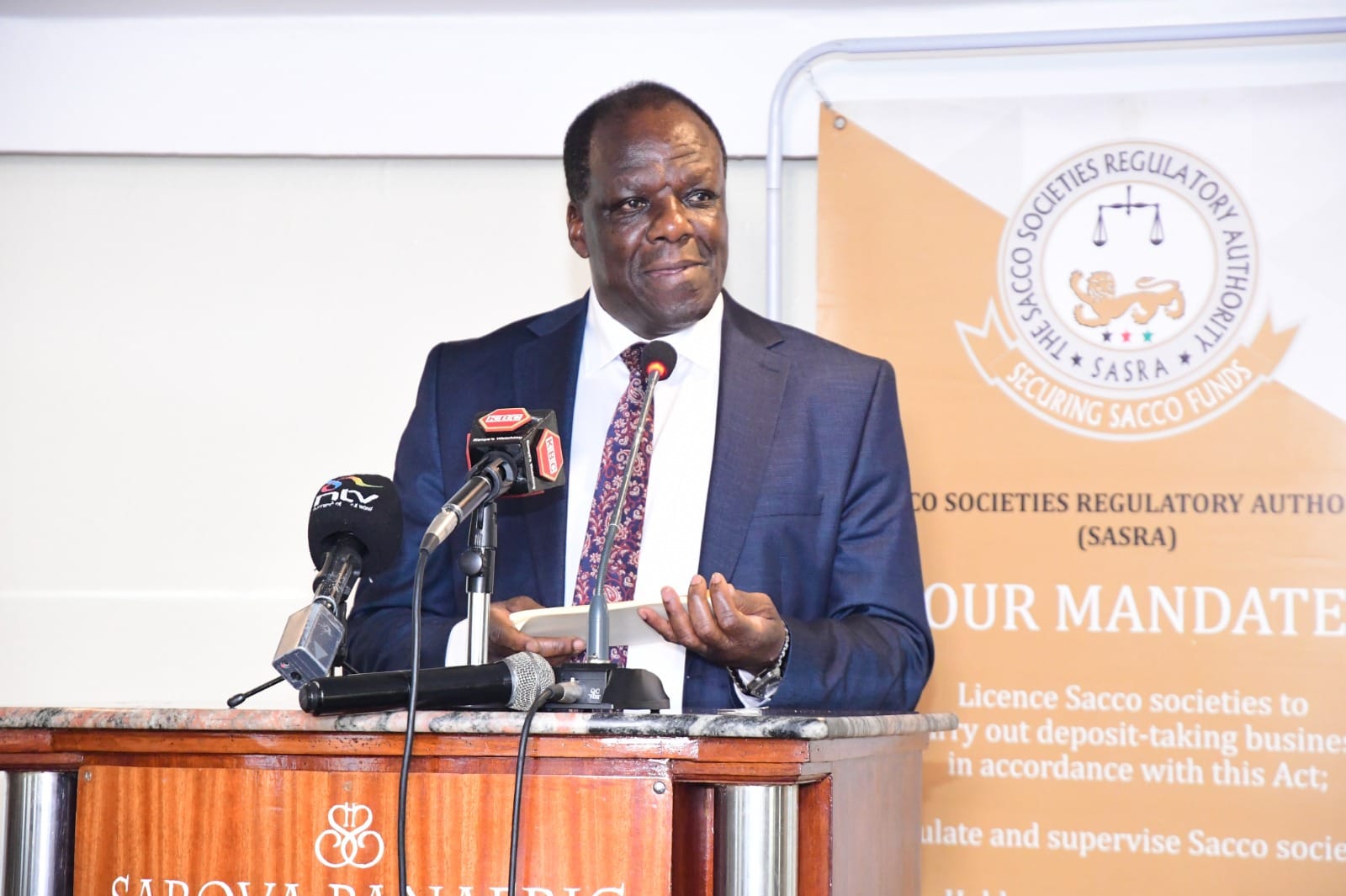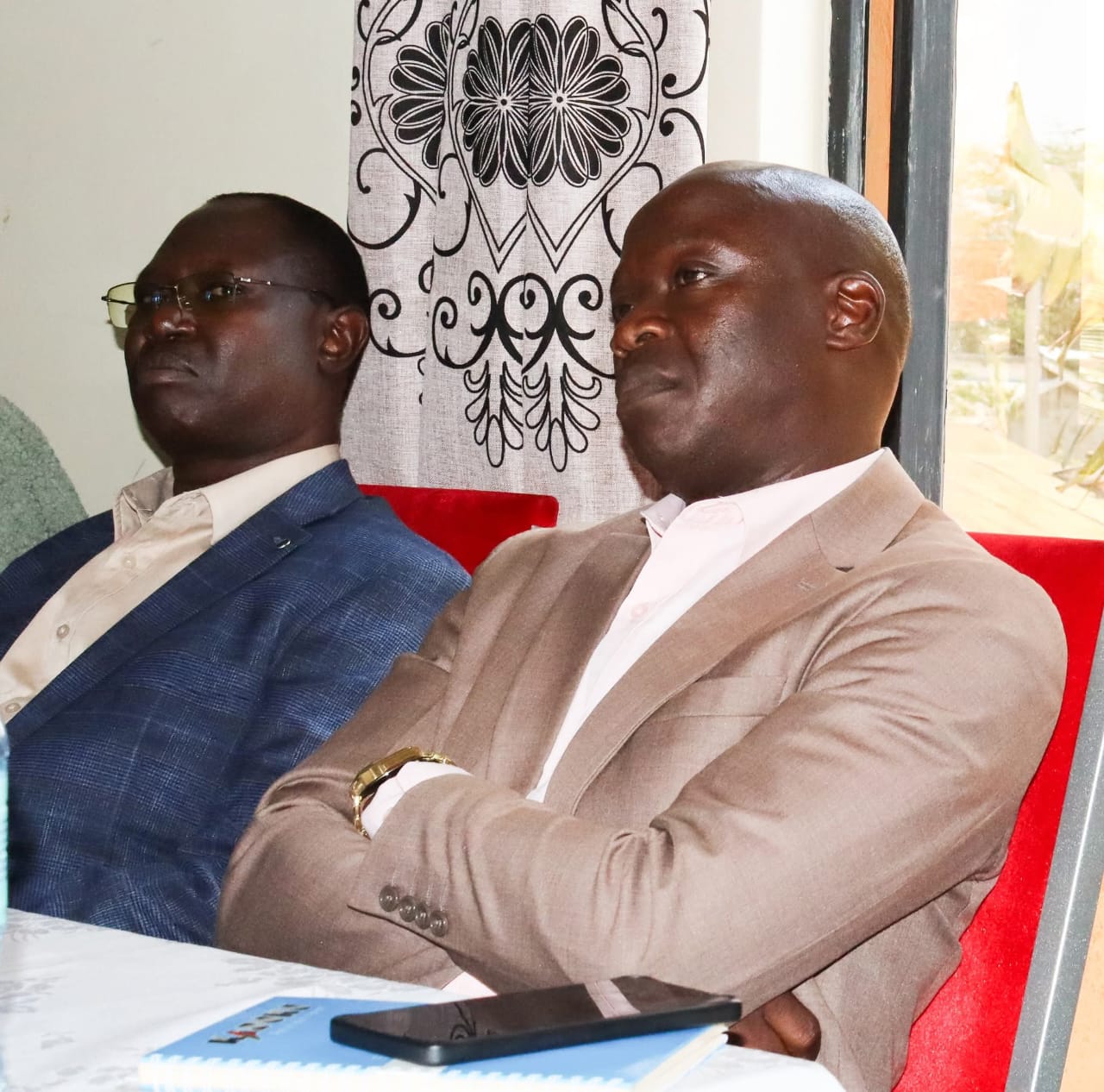Kenya’s Savings and Credit Cooperative Societies (SACCOs) have recorded a significant increase in the value of transactions processed through their agent networks in 2024, even as the total number of transactions saw a slight decline, according to the latest industry data.
The volume of transactions handled by SACCO agents rose to Ksh31.65 billion in 2024, marking a 14.1percent increase from Ksh27.73 billion in 2023.
However, the total number of transactions dipped marginally to 7.69 million in 2024 from 7.81 million in 2023, reflecting a 1.5 percent decline.
This growth in transaction value underscores the increasing reliance on SACCOs as critical financial institutions in Kenya, particularly for underserved populations seeking accessible and affordable financial services. SACCOs have long been a cornerstone of Kenya’s financial inclusion strategy, offering savings, credit, and other financial products to members, often in rural and semi-urban areas where traditional banks have limited reach.
The rise in transaction value through agent networks highlights their growing role in facilitating digital and cash-based transactions, driven by the convenience of agent banking and the adoption of mobile technology.
Industry experts attribute the increase in transaction value to several factors. “The rise in transaction value, despite fewer transactions, suggests that SACCO members are engaging in higher-value transactions,” said a financial inclusion analyst at the University of Nairobi.
ALSO READ:
MPs rejects new policy on women empowerment says it undermine existing institutions
“This could be driven by growing confidence in SACCOs’ digital platforms, improved liquidity among members, or an increase in loan disbursements and repayments, which typically involve larger sums.”
The slight decline in transaction volume, however, has sparked discussions about potential challenges in the sector. The 1.5 percent drop from 7.81 million to 7.69 million transactions may indicate a shift in member behaviour, possibly influenced by economic pressures or competition from other financial service providers, such as mobile money platforms like M-Pesa or commercial banks expanding their agent networks.
The growth in transaction value aligns with broader trends in Kenya’s financial sector, where digital transformation and agent banking have become critical drivers of financial inclusion. SACCOs have invested heavily in technology, including mobile apps and agent networks, to make services more accessible.
Agents, often local shopkeepers or small business owners, act as touch points for members to deposit, withdraw, or transfer funds, reducing the need to visit physical SACCO branches.
This model has proven particularly effective in rural areas, where infrastructure challenges limit access to traditional banking.
The Central Bank of Kenya (CBK), which regulates deposit-taking SACCOs, has lauded the sector’s resilience. In its 2024 Financial Sector Stability Report, the CBK noted that SACCOs have maintained strong growth despite macroeconomic challenges, including inflationary pressures and elevated interest rates.
ALSO READ:
“SACCOs continue to play a pivotal role in deepening financial access,” said CBK Governor Dr. Kamau Thugge.
“The increase in transaction value through agent networks reflects their ability to adapt to changing customer needs.”
However, challenges remain. The decline in transaction volume could signal underlying issues, such as member dissatisfaction with service delivery or competition from fintech platforms offering faster, cheaper alternatives. SACCOs are also grappling with regulatory compliance costs and the need to upgrade cybersecurity measures to protect digital transactions.
Looking ahead, SACCOs are expected to focus on expanding their digital offerings and strengthening agent networks to capture more high-value transactions. Partnerships with fintech firms and mobile network operators could further enhance their reach.
As Kenya’s financial sector continues to evolve, SACCOs remain a vital lifeline for millions, bridging the gap between traditional banking and the needs of underserved communities.
With strategic investments, the sector is well-positioned to build on its 2024 gains and drive further financial inclusion in 2025 and beyond.
By David Kipkorir
Get more stories from our website: Sacco Review.
For comments and clarifications, write to: Saccoreview@
Kindly follow us via our social media pages on Facebook: Sacco Review Newspaper for timely updates
Stay ahead of the pack! Grab the latest Sacco Review newspaper!



